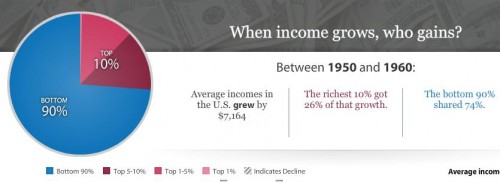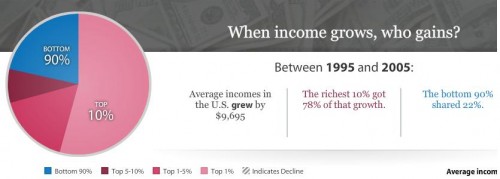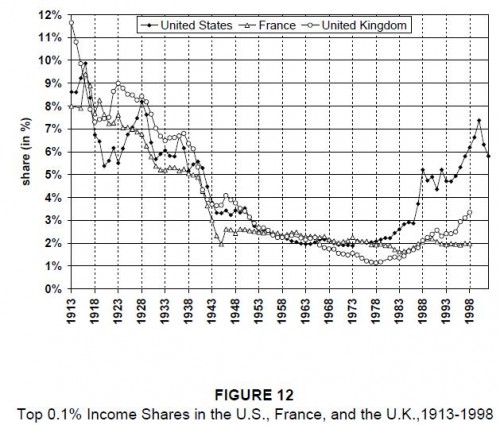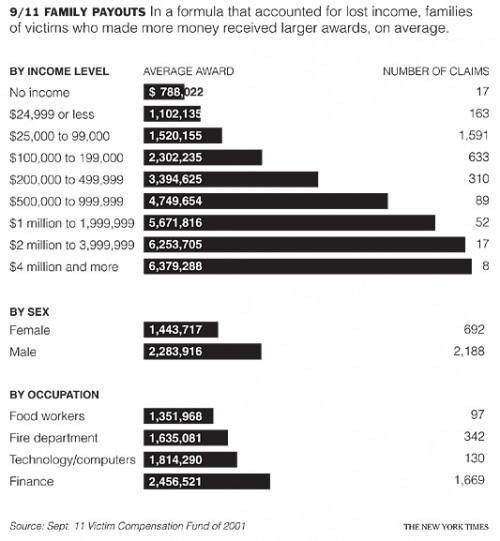
Squee sent in some rather odd commercials put together by the Norwegian Association of the Blind. The commercials encourage companies to hire blind individuals…by arguing that you can get away with doing things in front of, or to, blind workers because, you know, they won’t be able to tell anyway:
The message is a little strange, I think — trying to provide more employment opportunities for a group that may suffer from job discrimination by reinforcing the idea that if if someone is blind, they are completely clueless about what’s going on around them and, thus, their non-blind coworkers can act in ways that would be totally inappropriate if done to/around any other colleague.
Does that seem like an effective strategy to you?












